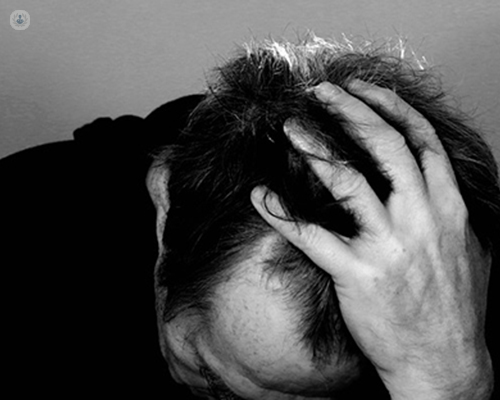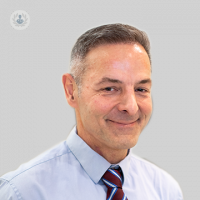An introduction to hair and hair loss
Written by:Hair loss can be an upsetting experience. It is caused by a number of different conditions and depending on the type, a range of treatments are available. Dr Aleksandar Godic is a leading dermatologist based at the London Dermatology Centre and his special interests include scalp and hair disorders. Here he introduces a series of articles on hair loss in its various forms, including male-pattern baldness, alopecia areata, female pattern hair loss, diffuse hair loss, and traction alopecia.


Where does hair come from?
At birth, the average human has around five-million hair follicles and approximately 100,000 of those are on the scalp. Hair follicles are formed in the foetus and do not continue to form throughout life, so each person has a fixed number of follicles that produce hair under the influence of hormones, growth factors, and nutrients. With age, the density of hair follicles decreases and hair appears thinner over time.
The amount, thickness, and colour of hair are genetically determined. Some people have naturally thinner, lighter and softer hair whilst others have thicker, darker and curlier hair. Hair can change colour, texture, and thickness over time, and can grow excessively in some areas and not enough in others.
What is a hair follicle?
Hair is made up of two structures: the hair follicle, and the hair shaft. The hair follicle is the living part located under the skin that produces the hair shaft that is visible above the skin. The follicle is a cylindrical structure which contains cells at its base (bulb) which produce hairs.
The bulb also contains stem cells which constantly divide to keep the follicle alive. It also contains cells that produce pigment, influencing the colour of the hair shaft. Hair papilla at the base of the bulb also contains tiny blood vessels, or capillaries, that provide nourishment for the cells. Finally, the hair follicle is wrapped with nerve endings.
What is the hair cycle and why does hair fall out?
Hair grows in three different phases (anagen, catagen and telogen) that make up the hair cycle. Hair growth and loss in humans, unlike other mammals, is random and not seasonal or cyclical.
At any one time, about 80 to 90% of hairs are in the anagen phase, meaning they are actively growing. This normally lasts three to four years, with an average person’s hair growing at a centimetre per month. The length of this phase varies from person to person – someone with very long hair has a long anagen phase. To demonstrate the point, consider an eyelash or a leg hair: the anagen phase for these types of hair is only around 30 to 45 days and consequently they are much shorter than scalp hairs.
The catagen phase lasts two or three weeks and is a transitional phase in which the growth slows down. About 3% of hairs are in this phase at any given time.
Finally, the telogen phase accounts for about 10 to 15% of hairs at any point in time and lasts around three months. This is a “resting” phase and during this time the hairs start to shed, usually at a rate of between 50 and 120 hairs per day for a healthy individual.


